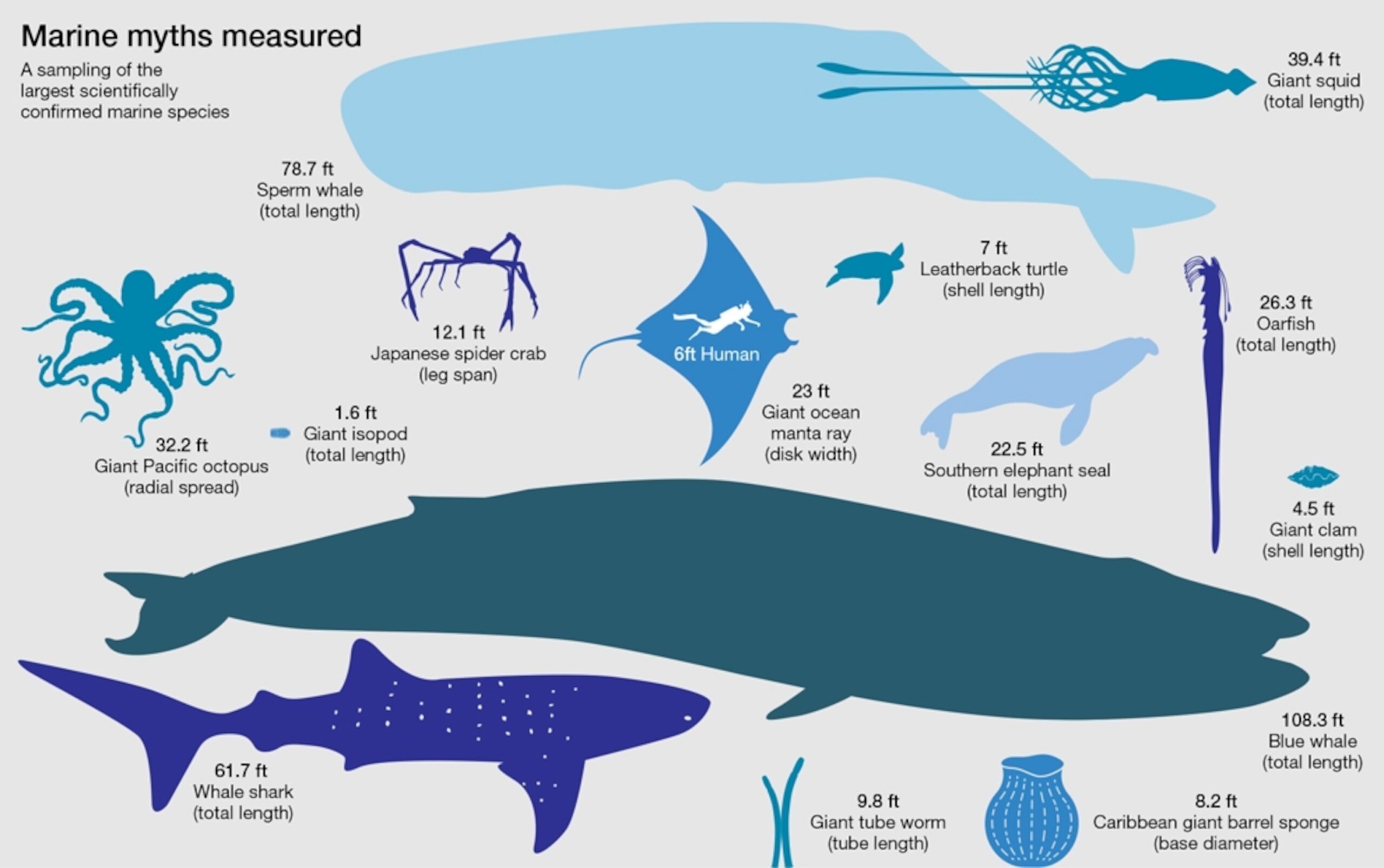This article compares and contrasts the blue whale and the elephant, the largest animals in the ocean and on land respectively. The blue whale can reach lengths of up to 100 feet and weigh up to 200 tons, making it larger than any dinosaur. Elephants, on the other hand, can grow up to 10-13 feet tall and weigh between 5,000 and 14,000 pounds. The blue whale prefers deep, cold waters, while elephants inhabit various environments in Africa and Asia. Blue whales are filter feeders that consume krill, while elephants are herbivores. Both animals have complex communication systems and face threats to their survival, including hunting and habitat loss. It is important to protect these creatures for the balance of ecosystems.
Introduction
The blue whale and the elephant are both magnificent creatures that hold the distinction of being the largest animals on earth in their respective realms — the ocean and the land. This article will compare and contrast these giants, exploring their physical characteristics, behavior, habitats, and more.
Physical Characteristics
The blue whale, scientifically known as Balaenoptera musculus, is the largest animal ever known to have existed. It can reach lengths of up to 100 feet and weigh up to 200 tons, making it larger than any dinosaur that ever walked the earth. On the other hand, the elephant, belonging to the Elephantidae family, consists of three species (African bush elephant, African forest elephant, and Asian elephant). They can grow up to 10-13 feet tall and weigh between 5,000 and 14,000 pounds.
Comparison of Habitats
The blue whale is found in oceans all around the world, preferring deep, cold waters. Their vast roaming territories cover the polar regions, temperate zones, and even tropical seas. In contrast, elephants are terrestrial animals primarily found in Africa and Asia. They inhabit a variety of environments, including savannahs, grasslands, forests, and even mountains.
Feeding Behavior
Blue whales are filter feeders that survive on a diet comprised mainly of tiny shrimp-like animals called krill. They consume massive amounts of krill, filtering thousands of tons of water through their baleen plates, and subsequently, retaining the prey while expelling the water. Elephants, on the other hand, are herbivores known for their voracious appetite. They consume various types of vegetation such as grass, leaves, bark, fruits, and roots.
Communication and Social Structure
Both blue whales and elephants are very social creatures that exhibit complex communication systems. Blue whales emit low-frequency sounds, known as songs, to communicate with others over vast distances in the ocean. Elephants, on the other hand, use a combination of vocalizations, body movements, and tactile signals to communicate within their herds which are usually led by the oldest and most experience elephant, known as the matriarch.
Conservation Status and Threats
Unfortunately, both the blue whale and the elephants face significant threats to their survival. Blue whales have been hunted to the brink of extinction due to commercial whaling activities in the past. Although now protected by international law, they still face threats from ship strikes, habitat degradation, and climate change. Elephants face threats such as habitat loss, poaching for ivory, and conflict with humans due to the ever-encroaching human populations.
Conclusion
While the blue whale and the elephant are vastly different in their habitats and physical characteristics, they share the common status of being giants in their respective domains. These magnificent animals exhibit unique behaviors and face specific challenges. It is crucial for us to recognize the importance of protecting and conserving these incredible creatures to ensure their survival and maintain the delicate balance of our ecosystems.
